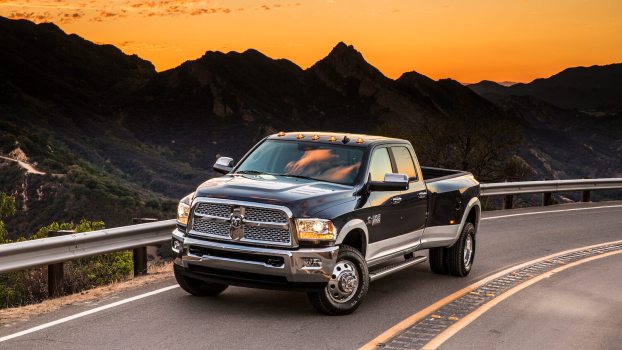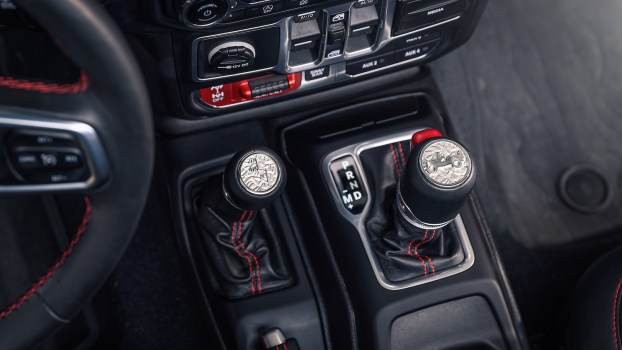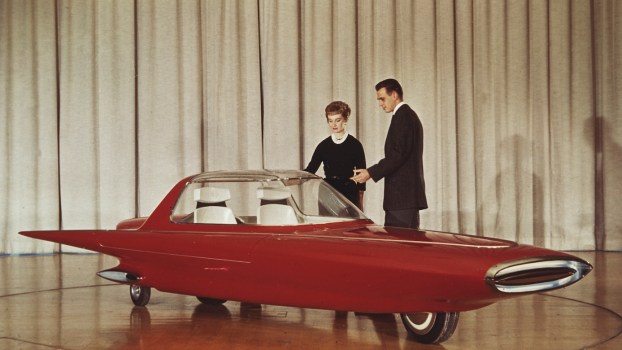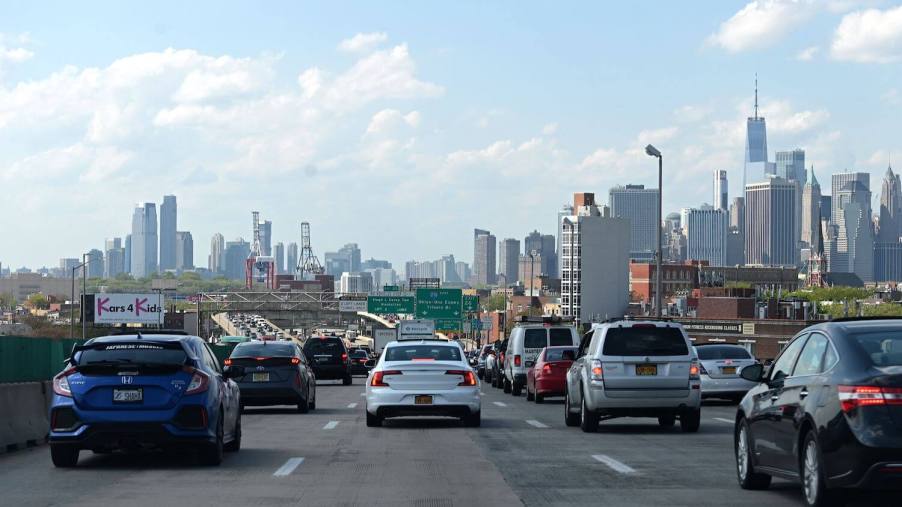
1 Traditional Technology Could Prevent Stop-and-Go Traffic Jams…And Save Lives
So there I was, trying to drive across the country on I-80, but finding myself in a stop-and-go traffic jam during Chicago’s rush hour. Then I noticed something interesting. While the rest of us were gunning it and then slamming on the brakes, the semi truck driver next to me was cruising along in first gear. That’s when I realized that returning to manual transmission cars might prevent stop-and-go traffic jams.
How do you drive a manual transmission in stop-and-go traffic?
In stop-and-go traffic, you want to shift into a low gear and creep along to open up traffic in front of you. Stick Shift Driving Academy says that if traffic is slower than your first gear, you can press your clutch pedal so your vehicle coasts and slows down. But admits that “riding the clutch” like this will wear it out.
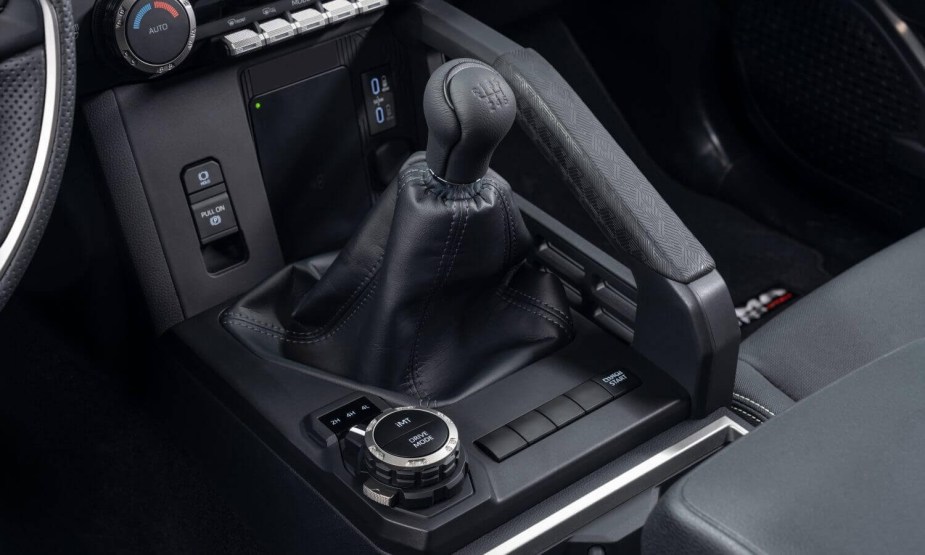
Other drivers prefer to knock their transmission into neutral to let their car coast. But then if traffic picks up again you must race to find the correct gear and accelerate again.
My truck driver friend on I-80 probably had the right idea: If you slow down you may be able to open up enough following room that when everyone else has to slam on their brakes, you don’t.
Moreover, this method of moving through a traffic jam may hold lessons for us all.
Could returning to manual transmissions prevent stop-and-go traffic jams?
If every driver had to throw out their clutch every time they stop, we might all become much more aware of following distance in stop-and-go traffic. This sort of awareness might lead to us all agreeing on a comfortable cruising speed and navigating a traffic jam without unnecessary stop-and-go driving.
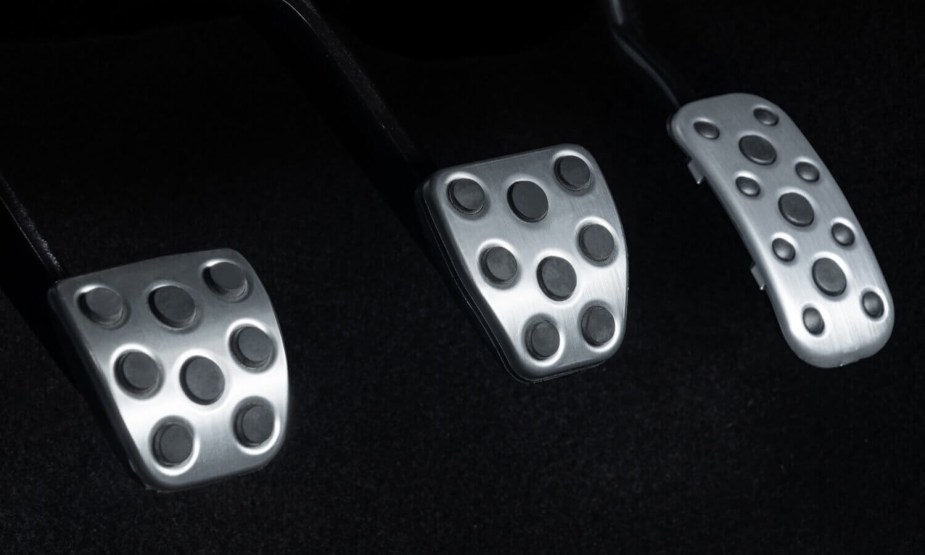
There’s another way manual transmission might help in traffic. Most modern passenger cars with an I4 and stickshift are geared for first gear to be comfortable up to 10 mph. If you accelerate out of a traffic jam and hit 10 mph, you might think twice before you grab second and keep accelerating. Certainly in stop-go-traffic, where you know you’ll have to downshift again. If traffic is moving an average of, say seven mph, this limit could keep us all moving at about traffic speed and even out the stop-and-go effect.
There are situations in which traffic speeds vary so wildly that even if we were all in manual transmission cars we couldn’t do anything about it. But it’s ironic that many city drivers opt out of getting a stickshift because they want to avoid operating it in traffic. If we all bought them, it might solve a good chunk of the problem.
Could manual transmissions save lives?
According to the NHTSA, distracted driving is the cause of 3500+ yearly deaths. Some young people are choosing not to be a statistic…by opting for manual transmission cars. The theory is that they will be more engaged with the act of driving and thus safer.
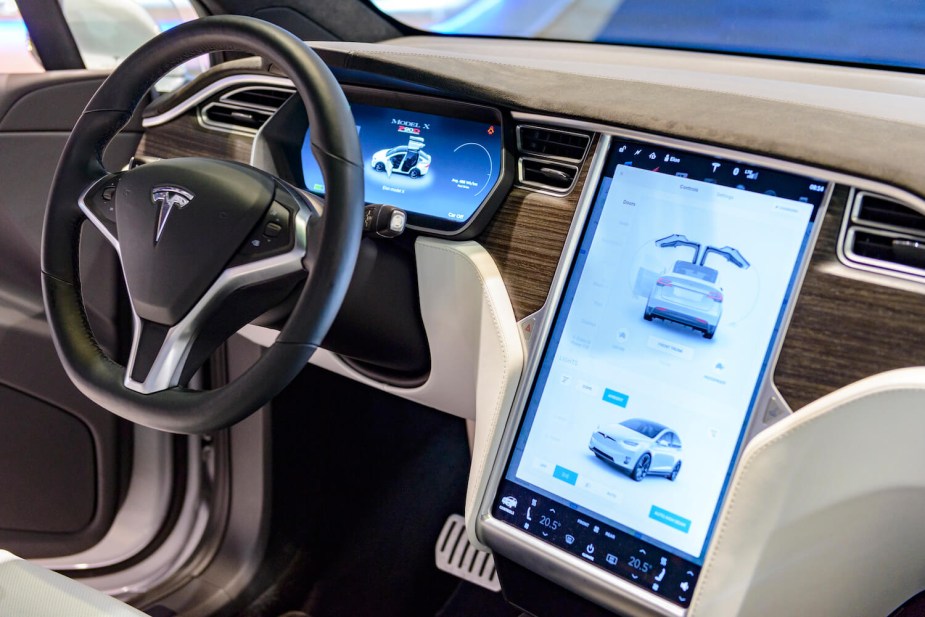
Channel 3 News out of Omaha actually interviewed a 14 year old named Geoffry Vittner, who was choosing his car. He went with an old Ford Ranger with a manual transmission saying, “When you’re in an automatic car you’re more overseeing the process of driving, you’re not really engaged with the vehicle.”
Driving instructor Anna Venditte agreed, “When you’ve got your left hand on the steering wheel, you got your right hand on the stick shift where’s your phone gonna be?”
Learn more about how to drive a manual transmission in slow traffic in the video below:
